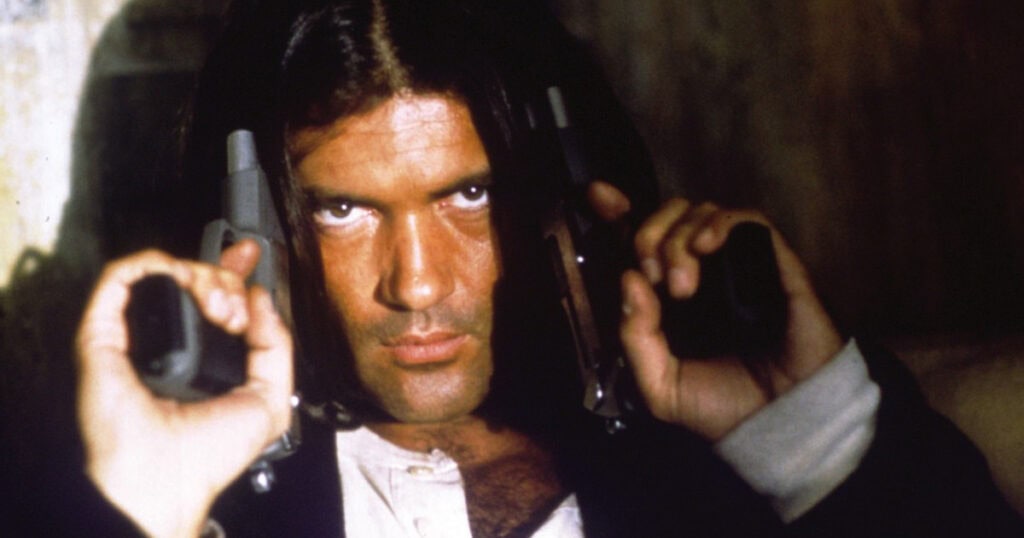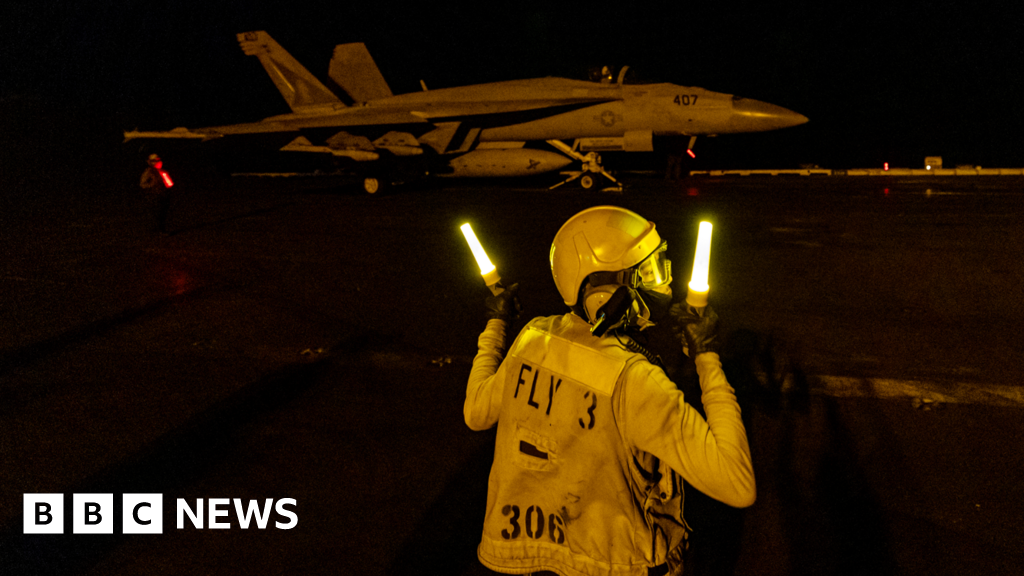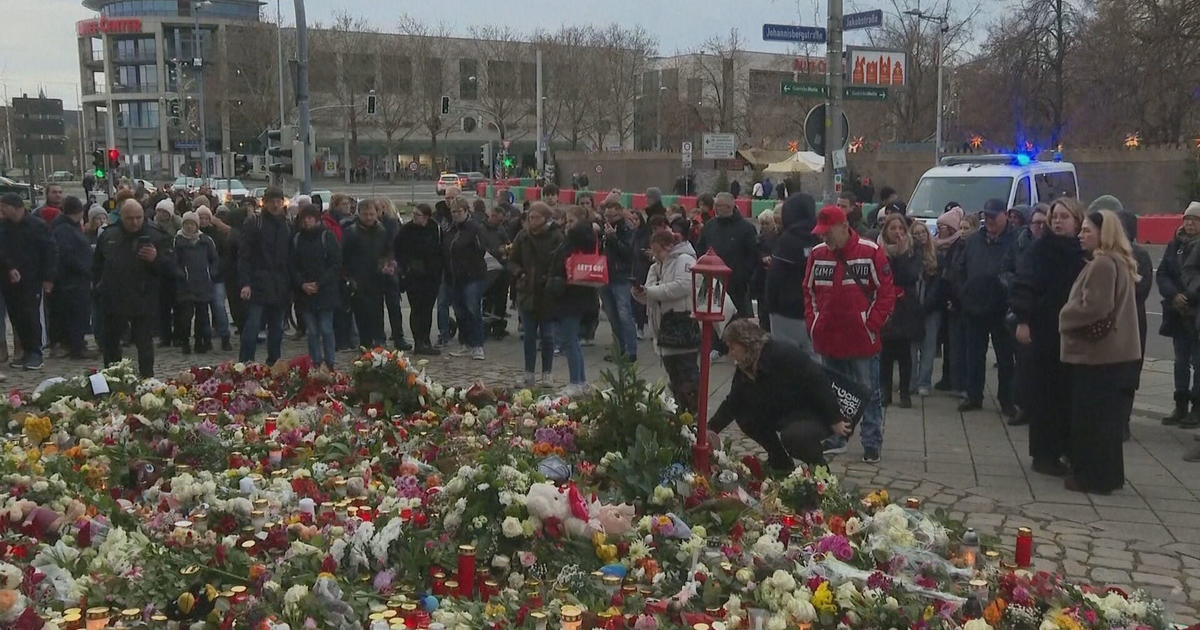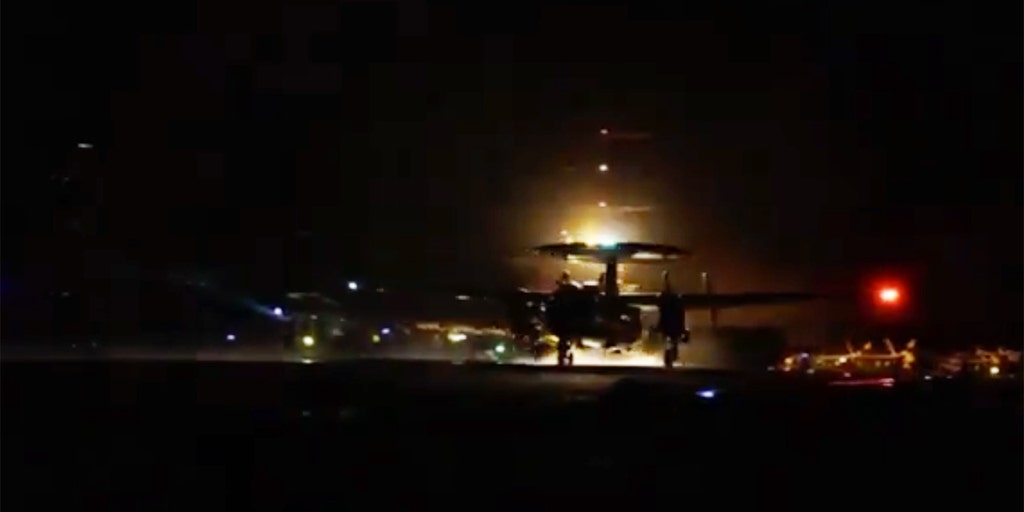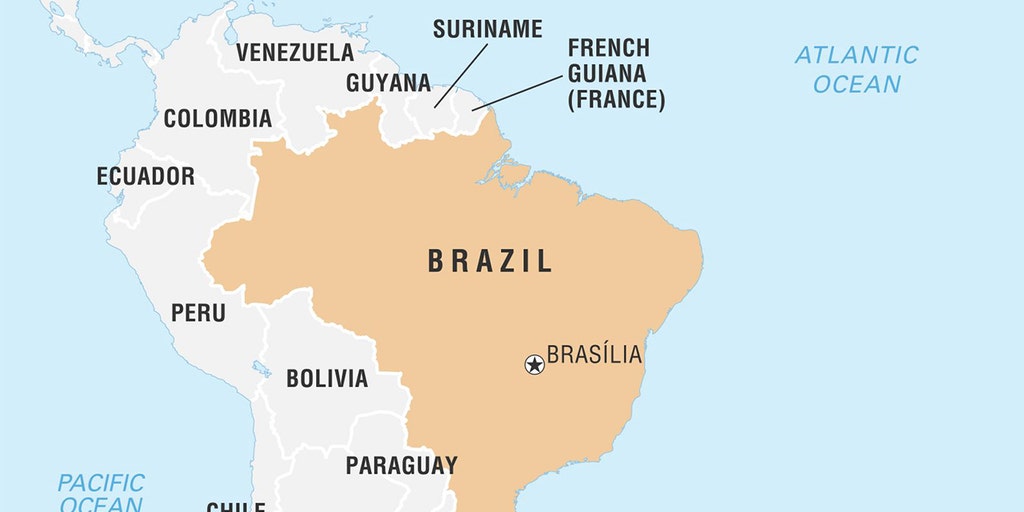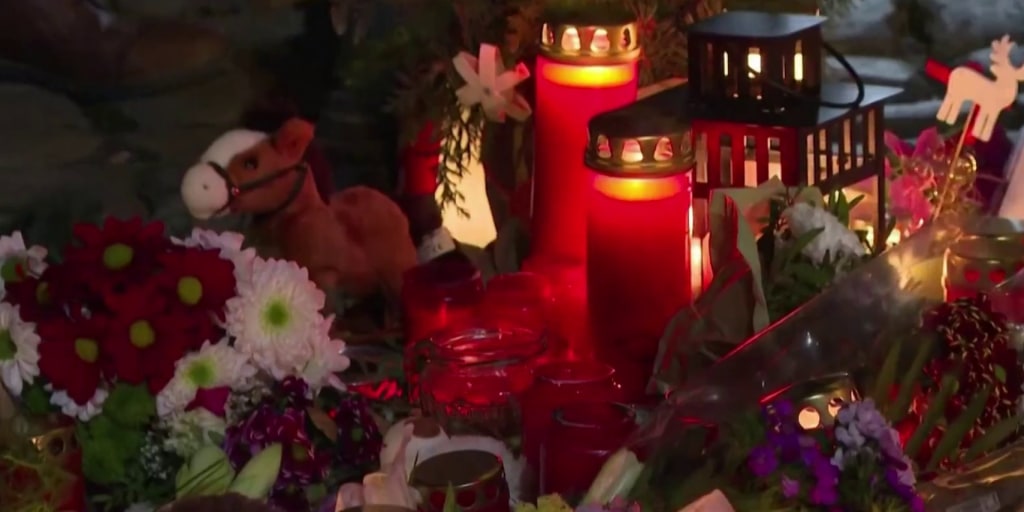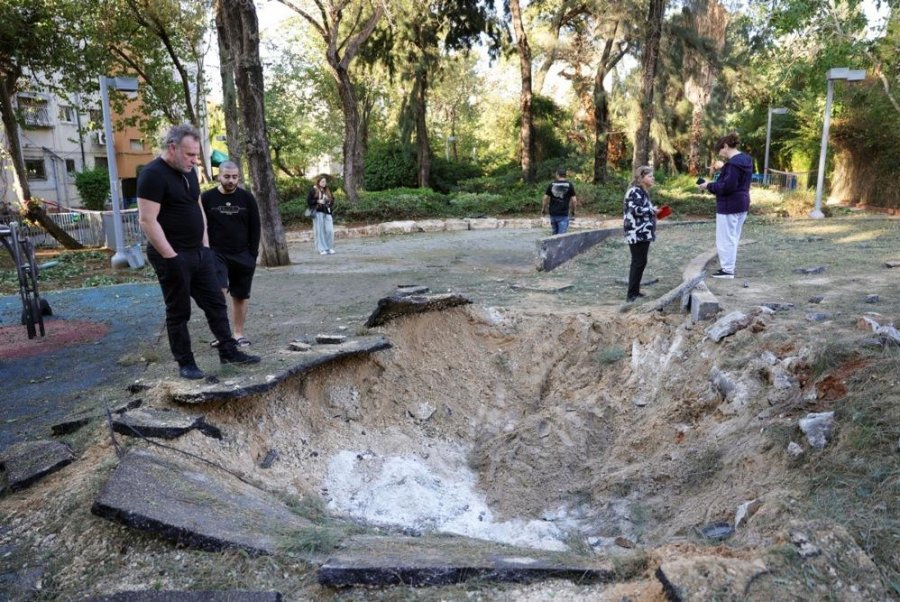Robert Rodriguez’s El Mariachi Trilogy or Mexico Trilogy is now available in a new Blu-ray collection, which includes a 4K transfer of Desperado, courtesy of Arrow Video. The first movie was never truly intended to be a franchise starter. It was actually Rodriguez practicing how to make a movie. El Mariachi would put him on the map for film studios, but it was the sequel, Desperado, that brought him into the mainstream. It would also make Antonio Banderas an action star and introduced audiences to Salma Hayek. And it’s this manic film that we take a look at in this episode of Reel Action.
If you’re into movies, chances are you’ve heard the inspirational story behind Robert Rodriguez’s debut feature film. But if you aren’t up to speed, 1995’s Desperado is actually a sequel to a small film from 1992 called El Mariachi. And when I say small, there’s no hyperbole here because the film gained fame and reputation for being an action movie that was made with only a $7,000 budget. This includes the fact that Rodriguez made the whole thing by himself with no crew.
It was this accomplishment of immense efficiency and creative problem solving that had Columbia Pictures excited to give him a studio film to helm since it could be made for cheap. While El Mariachi was only made for $7,000, Desperado would naturally be a bigger budgeted movie. But it was still incredibly cheap for most action movie standards, at $7 million.
When he was given the go ahead to make this sequel, he also took it as an opportunity to essentially remake the first one. The first film was simplistic enough that there wasn’t too much lore to be a slave to and, since most people hadn’t seen the first anyways, this one could stand pretty much on its own without having watched El Mariachi. The film starts by establishing the guitarist as an urban legend when Steve Buscemi’s character tells a story of when he saw the man with no name unleash his guitar case full of guns on an unlucky bar. This guitar player is simply credited as El Mariachi and, eventually, it’s shortened to “El” in the third movie. El is on a mission to find a man named Bucho — a dangerous drug kingpin in Mexico.
There is a quick backstory established for El Mariachi as they remake the ending of the first film with Antonio Banderas now stepping in the role. For audiences who hadn’t known about the original movie, this flashback comes off as a thin, but effective motivation. They killed his love and he wants revenge. A good old fashioned tale. While the villain who actually pulled the trigger was killed at the end of the first movie, El is now going to find the head of the snake.

Banderas takes over the role of El Mariachi from the first film’s star, Carlos Gallardo. Gallardo’s portrayal of the character in the original is more of a naive musician. He’s an everyman who gets thrust into a life or death situation, then has to fight his way out. Banderas’ take has El going full-on action hero as he packs an arsenal in his guitar case and wields dual pistols in a very John Woo-esque manner. He’s almost a completely different character. His look and mannerisms don’t resemble Gallardo’s. And it’s almost like there is very little innocence left in this man after the events of the first movie. He’s now jaded and focused entirely on vengeance.
The only two characters that El connects with in this movie is Niño, a random street kid who aspires to be a guitarist himself, and Carolina, a bookshop owner, played by Salma Hayek. El’s big brother instincts come out when Niño’s around. He gives him advice on his music and looks after his safety, which includes foiling a drug deal that involves Niño’s dad. Somehow, it became a tradition for Rodriguez to put a kid in a yellow shirt in each of the Mariachi movies. Here, Niño came away as the one with the most character development in the series.
Then, right after a big action scene early on in the movie, El runs into Carolina when he’s being hunted down by one of Bucho’s men. He’s left mortally wounded and she takes it upon herself to fix him up, thanks to the medical books in her own inventory. While Rodriguez writes a lot of humor throughout the movie, it’s in their first scene together that you can see Banderas and Hayek have a fun chemistry. It’s not exactly the smoothest, easiest start to a love interest plot, and their bickering gives the movie some great levity in between the action. Their chemistry would blossom into a close friendship in real life as they’ve continued bickering in almost a sibling-like fashion.
In the movie, their tension would later turn into white hot passion as Rodriguez puts the 90s action stamp on Desperado with a fiery Latin love scene that would give Van Damme and Stallone’s gratuitous sex scenes a run for their money. Carolina ends up being with El, but unfortunately, she’s also tied to Bucho since he bought the bookstore for her.
Bucho, here, is played by Joaquim de Almeida. Audiences may recognize him from a more recent stint as the villain from Fast Five, who also briefly reprised his role in Fast X. Rodriguez originally wanted Raul Julia in the role, but tragically, he was too ill at the time to accept and would pass away after filming his final movie, Street Fighter. De Almeida makes the role his own though. He plays Bucho with some good subversive humor as he continuously gets annoyed with this unknown stranger who waltzes into town and keeps killing his many henchmen.

This movie is also filled with Rodriguez’s staple of actors in some fun small roles. Steve Buscemi plays El’s only ally before getting to town. Cheech Marin shows up to provide some of his signature comedy as a bartender at one of Bucho’s establishments. Rodriguez’s close friend Quentin Tarantino makes an appearance as a drug customer in a scene where it seems likely that he wrote most of his dialogue. And Danny Trejo would make a splash in this film with his silent role as the knife-throwing assassin.
While Gallardo didn’t get to reprise his role cause the studio wanted a bigger name for the lead, he was still able to get in on the action as Campa, one of El’s bandmates, who also happens to be gunfighter. And he wields his own guitar case weapons that double as machine guns. And the third bandmate, Quino, also joins the fray with his guitar case that doubles as a missile launcher.
Desperado marks up the action from the first movie by nearly 100%. The gunplay of El Mariachi is more subdued, but here, the bullets and bodies fly in an extremely comic book-like fashion. The urban legend aspect bleeds into the rest of the movie as much of the action shamelessly indulges in an exaggerated, hyper-reality. Additionally, Rodriguez, being a fan of John Woo, wanted to mix in the kind of balletic chaos that defines his action sequences. So, if you’re looking for tactical, logic-based gun fights, you ain’t gonna find em here. And thankfully, Desperado leans way into it.
Now that Rodriguez had a lot more fancier toys to play with behind the scenes, there was a significant jump in quality from the do-it-yourself rougher edges of the first film. However, he wouldn’t stray too far from his corner-cutting methods. For starters, it’s extremely beneficial that not only does he direct, but he is his own editor as well as his own camera man. So, he pretty much can visualize how he wants the scene to be shot and edits the movie in his head while he films it.
In one of his signature Ten Minute Film Schools, Rodriguez shows how they pre-planned the standout bar shootout scene by taping a pre-visualization with a camcorder. He called this process video storyboards. The kinds of unorthodox methods he picked up making El Mariachi had Desperado’s filming schedule take place just over a month. The film became very profitable as it grossed a total of $58 million globally with its $7 million budget. It established Rodriguez as the new pulp action director, while Banderas and Hayek’s careers took off like a rocket.
During his time on the film, Quentin Tarantino told Rodriguez that he should make the third movie in this series an epic like Sergio Leone’s The Good, The Bad and The Ugly in the Dollars trilogy. He also said he should title it Once Upon a Time in Mexico as a tribute to Leone’s Once Upon a Time in the West.
And that’s exactly what Rodriguez did with 2003’s Once Upon a Time in Mexico. The third movie was more epic with a coup plot that exploded into all out war in the finale. This film would also focus less on Banderas’ character with more of an ensemble cast that includes a scene-stealing new wildcard – Agent Sands – played by Johnny Depp, who’s having the time of his life.
Once Upon a Time in Mexico closed out the trilogy and Rodriguez would only revisit the franchise one more time in an attempt to adapt the first film into a TV series, but that would only last for one season. Desperado is fun, unpretentious entertainment that doesn’t take itself seriously. It doesn’t have much in terms of a plot. It’s almost like a series of vignettes in between the action scenes, but the performances are entertaining and the pace of the film never lets you get bored. It almost had the title El Pistolero, which means “the gunman.” And that’s exactly what you’re in for, a good old fashion video game-like shoot em up.
